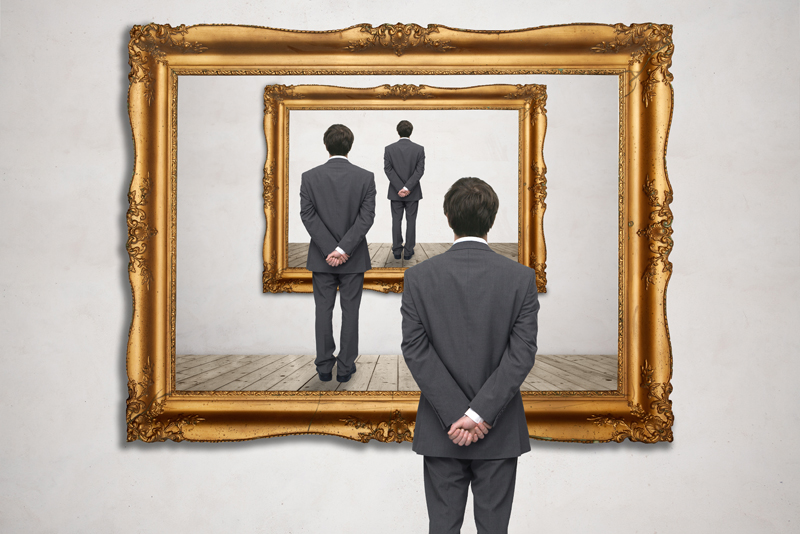Art Mediums – Work on Paper

You've heard the phrase, "My child could draw that!" Well, maybe, but some artists had the forethought to apply a unique idea to paper. I will discuss.
Sketches are one way to experiment with ideas. They can stand alone or as a preparatory study for another body of work.
From 1906-1907 Spaniard Pablo Picasso worked on hundreds of drawings and sketches for his controversial painting "Les Demoiselles d'Avignon" (1907).
Picasso's letter to art collectors and siblings Leo and Gertrude Stein includes a sketch in pen and ink on paper, "Composition: The Peasants" (1906).
Dutch artist Vincent van Gogh called his sketches "scratches" in his letters to brother Theo and artist friends. “The Letters of Vincent van Gogh” contain 240+ scratches.
Italian artist Amedeo Modigliani's graphite on paper "Caryatid" (1913-1914) is a study for his 1914 limestone sculpture by the same name. It can be seen at Museum of Modern Art (MoMA), NY.
French Impressionist artist Henri Matisse's sketch "Three Sisters," pencil on paper, is a preparatory study of his oil on canvas painting "The Three Sisters" (1917). It can be seen at Musee de l'Orangerie, Paris.
French Post-Impressionist artist Henri de Toulouse-Lautrec used colored chalk as his medium in one of his drawings "At the Circus: The Spanish Walk" (1899), from a collection made from memory while recovering at a sanitarium.
Gouache is a technique used by ancient Egypt, Greece and on Medieval illuminated manuscripts.
The term "gouache" was first used in 18thc France to define an opaque paint that when used over watercolor, ink, pencil, and pastels, highlights and adds volume.
German artist Albrecht Durer painted with gouache in his nature work during the 16th century.
Romantic artist Joseph Mallard William Turner added gouache to his watercolor and pencil studies.
Turner's "The Scarlet Sunset" (1830) would influence future landscape artist.
French Impressionist artist Camille Pissarro painted many gouaches of Eragny, France where he lived.
American illustrator and landscape artist Thomas Moran used white gouache and gray wash over his watercolor and graphite works to create smoke and clouds.
Moran's "Smelting Works at Denver" (1892) can be seen at the Cleveland Museum of Art, OH.
Henri Matisse used gouache and white paper for his marvelous cut-outs. His "Nu Bleu II" cut-out is from 1952.
Sketches are one way to experiment with ideas. They can stand alone or as a preparatory study for another body of work.
From 1906-1907 Spaniard Pablo Picasso worked on hundreds of drawings and sketches for his controversial painting "Les Demoiselles d'Avignon" (1907).
Picasso's letter to art collectors and siblings Leo and Gertrude Stein includes a sketch in pen and ink on paper, "Composition: The Peasants" (1906).
Dutch artist Vincent van Gogh called his sketches "scratches" in his letters to brother Theo and artist friends. “The Letters of Vincent van Gogh” contain 240+ scratches.
Italian artist Amedeo Modigliani's graphite on paper "Caryatid" (1913-1914) is a study for his 1914 limestone sculpture by the same name. It can be seen at Museum of Modern Art (MoMA), NY.
French Impressionist artist Henri Matisse's sketch "Three Sisters," pencil on paper, is a preparatory study of his oil on canvas painting "The Three Sisters" (1917). It can be seen at Musee de l'Orangerie, Paris.
French Post-Impressionist artist Henri de Toulouse-Lautrec used colored chalk as his medium in one of his drawings "At the Circus: The Spanish Walk" (1899), from a collection made from memory while recovering at a sanitarium.
Gouache is a technique used by ancient Egypt, Greece and on Medieval illuminated manuscripts.
The term "gouache" was first used in 18thc France to define an opaque paint that when used over watercolor, ink, pencil, and pastels, highlights and adds volume.
German artist Albrecht Durer painted with gouache in his nature work during the 16th century.
Romantic artist Joseph Mallard William Turner added gouache to his watercolor and pencil studies.
Turner's "The Scarlet Sunset" (1830) would influence future landscape artist.
French Impressionist artist Camille Pissarro painted many gouaches of Eragny, France where he lived.
American illustrator and landscape artist Thomas Moran used white gouache and gray wash over his watercolor and graphite works to create smoke and clouds.
Moran's "Smelting Works at Denver" (1892) can be seen at the Cleveland Museum of Art, OH.
Henri Matisse used gouache and white paper for his marvelous cut-outs. His "Nu Bleu II" cut-out is from 1952.

Related Articles
Editor's Picks Articles
Top Ten Articles
Previous Features
Site Map
Content copyright © 2023 by Camille Gizzarelli. All rights reserved.
This content was written by Camille Gizzarelli. If you wish to use this content in any manner, you need written permission. Contact Camille Gizzarelli for details.


